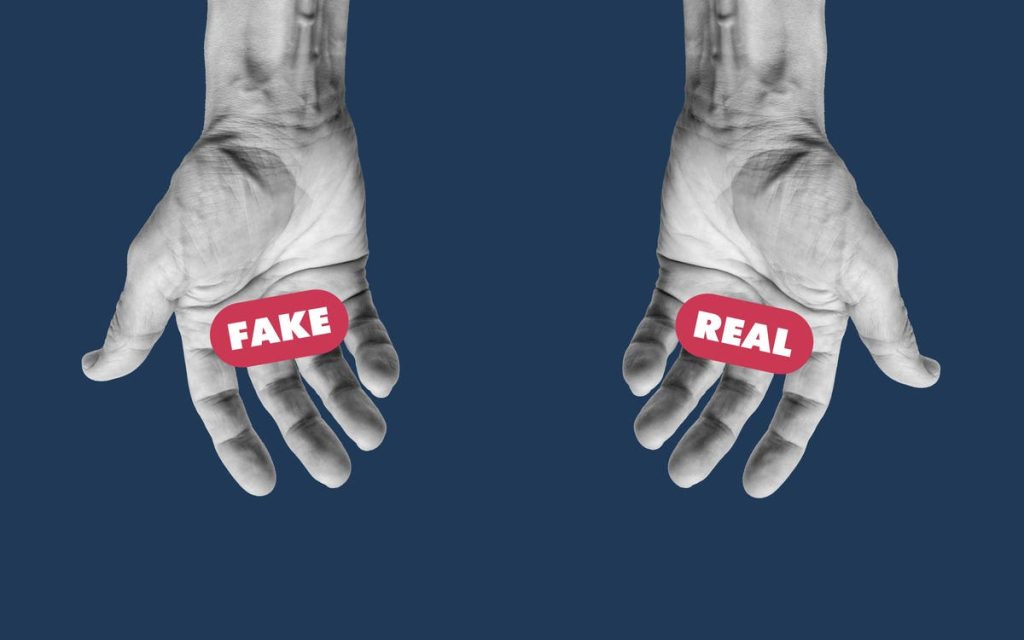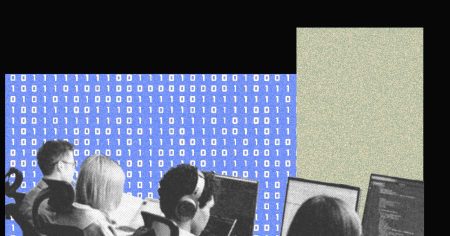CEO of Smartlink Communications. Global analyst, consultant and trainer, passionate about leadership, global communications and competition.
Each generation of high-level professional executives has had its own unique set of challenges.
During the 1940s and 1950s, mass markets required many to adopt new techniques and methods and embrace Madison Avenue. The 1960s and 1970s brought a tidal wave of cultural changes while otherwise predictable economies and consumer behaviors left many wrong-footed—yet also made the careers of others.
The 1980s and 1990s came with the full impact of the IT Revolution, just as junk bonds, globalization, offshoring and complex value chains became the stuff of water-cooler talks. Then, the most recent two decades meant the rise of emerging market competitors and supply chain disruptions, while “once in a lifetime” became a contradictorily frequent term.
Today’s C-suite has its calendar full. However, disinformation is increasingly becoming a problem in the context of social media and a socially conscious, digitally native Generation-Z overlapping with historically low trust in institutions and what RAND calls truth decay. Furthermore, the proliferation of supply chains globally brings its own set of vulnerabilities from competitors that might consider themselves to be outside United States jurisdiction.
Applications And Misapplications Of Machine Learning
In the age of generative artificial intelligence, the impact of disinformation on business executives in the United States has become a pressing concern. So, it should not be surprising that the business of disinformation itself is booming.
This misinformation and disinformation can affect business leaders, from undermining trust to influencing decision making, and should not be dismissed any more than just-in-time production may have been by the 1980s U.S. automobile industry.
Disinformation is characterized by the deliberate spread of false or misleading information. The rise of generative AI tools, which can produce convincing fake news articles, videos and audio recordings with relative ease, has amplified the reach and impact of disinformation campaigns. Business executives are not immune to these threats, for they are often targets of misinformation campaigns that aim to manipulate stock prices, damage corporate reputations or compromise confidential information.
At the very least, generative AI-powered disinformation campaigns can put business executives in precarious positions. False information about a company’s financial health, product quality or ethical practices can lead to knee-jerk reactions from executives, such as hastily selling stocks or altering strategic plans. These impulsive decisions, made under what may be seen as informational duress, can have significant long-term consequences for businesses and their stakeholders.
As the impact of disinformation on business executives becomes more pronounced, governments and regulatory bodies are taking notice. The United States, in particular, has made growing efforts to regulate the spread of disinformation, especially in the context of elections and public safety. Business executives may find themselves subject to new regulations that require them to take measures to combat disinformation within their organizations.
What Executives Can Do
These challenges, like others in the past, are less a matter of overcoming some loosely defined foe or obstacle but adapting through measures and procedures that can become as commonplace as anti-discrimination reviews or tax optimization.
1. Training
Executives and their teams should receive regular training on identifying and responding to disinformation threats. This need not include in-depth technical details but may be incorporated into a broader approach that acknowledges that the informational landscape has always been at least partially hostile in a manner that businesses in the Western world and in most sectors simply weren’t directly affected by.
2. Cybersecurity Measures
Robust cybersecurity measures, including threat detection and employee awareness, can help protect against disinformation-related cyberattacks. The democratization of technology has enabled even relatively low-level actors to employ cyber warfare tools, which can be used in a synergistic manner with AI tools, to potentially significant impact.
3. Crisis Communication
Organizations should have well-defined crisis communication plans in place to address disinformation incidents swiftly and transparently. This is particularly pertinent for companies operating in sectors where reputations can be lost in minutes.
4. Monitoring And Detection
Robust cybersecurity measures, including threat detection and employee awareness, can help protect against disinformation-related cyberattacks. This can range from simple network monitoring and ensuring employees do not disclose information unnecessarily to tailored solutions from security companies.
Final Takeaways
Generations of executives have overcome distinct challenges during some of the most defining decades of the United States, each new in its time and about to become nearly commonplace. Today, one of the most pressing challenges emerging for executives everywhere in the world is the impact of AI-powered disinformation, which might also become commonplace in the near future.
Executives should respond to this emerging threat proactively and not reactively by preparing their teams and their organizations for this new environment, enacting procedures and measures to combat it while investing in the training needed to bring everybody up to speed and turn a potential threat into a comparative advantage for their business.
Forbes Business Council is the foremost growth and networking organization for business owners and leaders. Do I qualify?
Read the full article here










